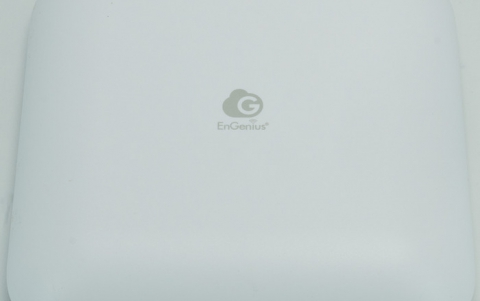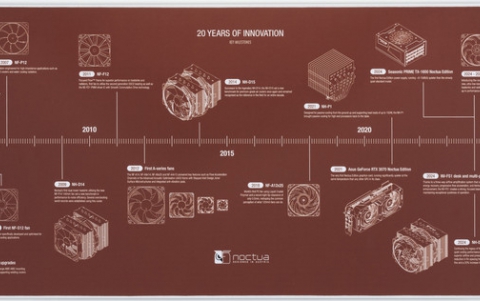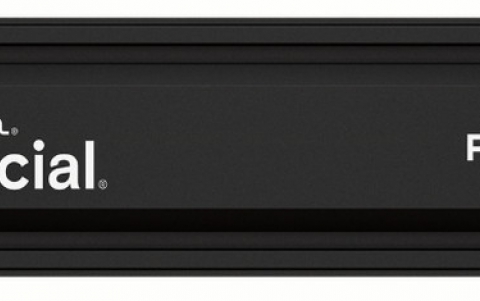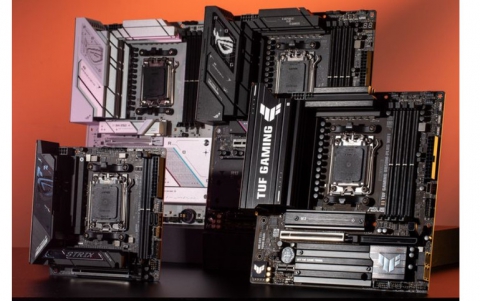PleXWriter PX-W1210A CD-RW
1. Buffer Underruns
Introduction:
![]() Plextor has a big history in producing top quality products. Their first CD-ROM
was released back in 1990 (when the company's was still named "Texel Corporation"),
and their first burner appeared in 1994. From 1994 till nowadays Plextor have
produced many readers and writers, and many of them have made it to the bestseller
lists.
Plextor has a big history in producing top quality products. Their first CD-ROM
was released back in 1990 (when the company's was still named "Texel Corporation"),
and their first burner appeared in 1994. From 1994 till nowadays Plextor have
produced many readers and writers, and many of them have made it to the bestseller
lists.
Plextor once again smokes the competition and ships worlds first 10x CD-RW drive. Since Plextor drives uses OPU (Optical Pick-Up) and Decoder LSI chipsets from Sanyo, the latest model (PX-W1210A) includes the so-called "BURN-Proof" technology that eliminates buffer underruns errors. Plextor uses major components from various manufacturers but develops their own schematics, PCB, mechanism and firmware. In comparison to other CD-ROM manufacturers, they claim that they spend more engineering time and effort to integrate and support all the features of the components (high-speed reading, DAE speed and precision) in the firmware. This makes the difference in a Plextor drive. Even they use (some) components, which also used by their competitors, performance and features are in most cases higher.
How buffer underruns caused? (From Plextor's web-site)
One of the biggest problems encountered in recording CD's is when media
become unusable during recording, something referred to as "buffer underrun".
Such Buffer Underruns occur when the PC can't deliver data fast enough while
recording. This can be caused by a too-slow PC, Multitasking, network or interface
problems, etc. Therefore, from the start the CD Recorder must first load a certain
quantity of data into the buffer.

This buffer then serves to bridge over minor interruptions in the data stream
from the PC. Under normal conditions, the data buffer should always be capable
of holding enough data to guarantee smooth recording. Buffer underruns occur
when the content of the data buffer is smaller than the recording capacity of
the CD Recorder:

Plextor's latest CD Recorder, the PlexWriter 12/10/32A, uses the most recent technological developments in order to prevent the above-mentioned "Buffer Underrun" problems. This technology is thus called BURN-Proof (Buffer UnderRunN proof).
How does BURN-Proof works?
When the CD Recorder starts recording, the status of the buffer is constantly
checked. Shortly before a buffer underrun might occur (typically when the buffer
falls below 10% of its maximum capacity), the CD Recorder will stop recording
as of a specific location on the CD. The CD Recorder continues attempting to
receive data from the PC and to refill the buffer. In the meantime, the BURN-Proof
circuit determines where the last successful sector is written. Using the location
of the last successful sector, the BURN-Proof circuit will position
the Optical Pickup. As soon as the buffer has been refilled, the CD Recorder
will start recording again.
According to the "Orange Book" specifications, the distance between the last successful sector and the new sector may not be more than 100 �m:

The BURN-Proof technology in the PlexWriter 12/10/32A will ensure that the distance between the 2 sectors lies at around 40�m (i.e. well within the limits set by the Orange Book), and in this way fully correct data is written to disc.













